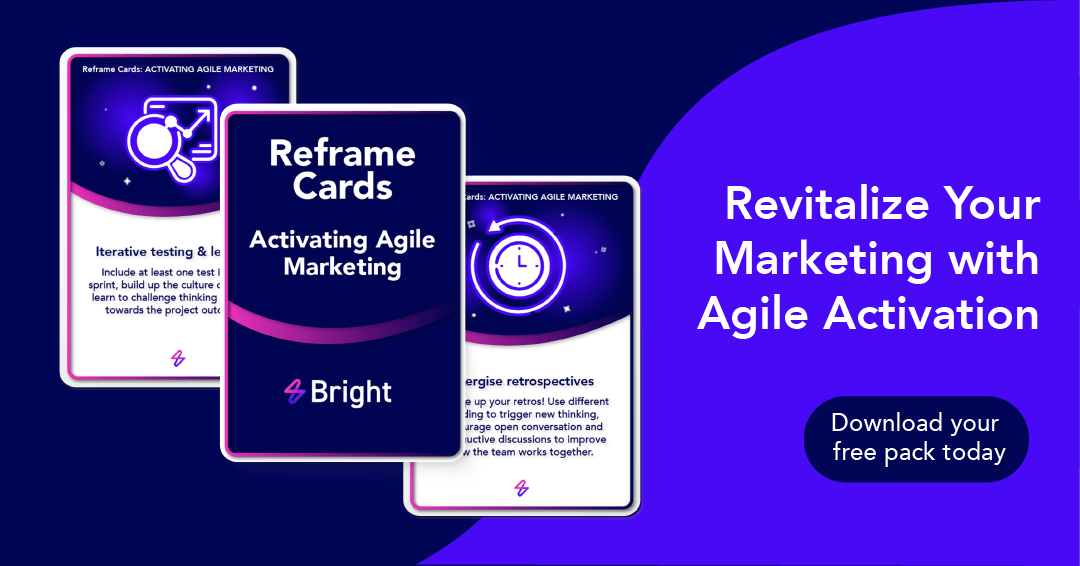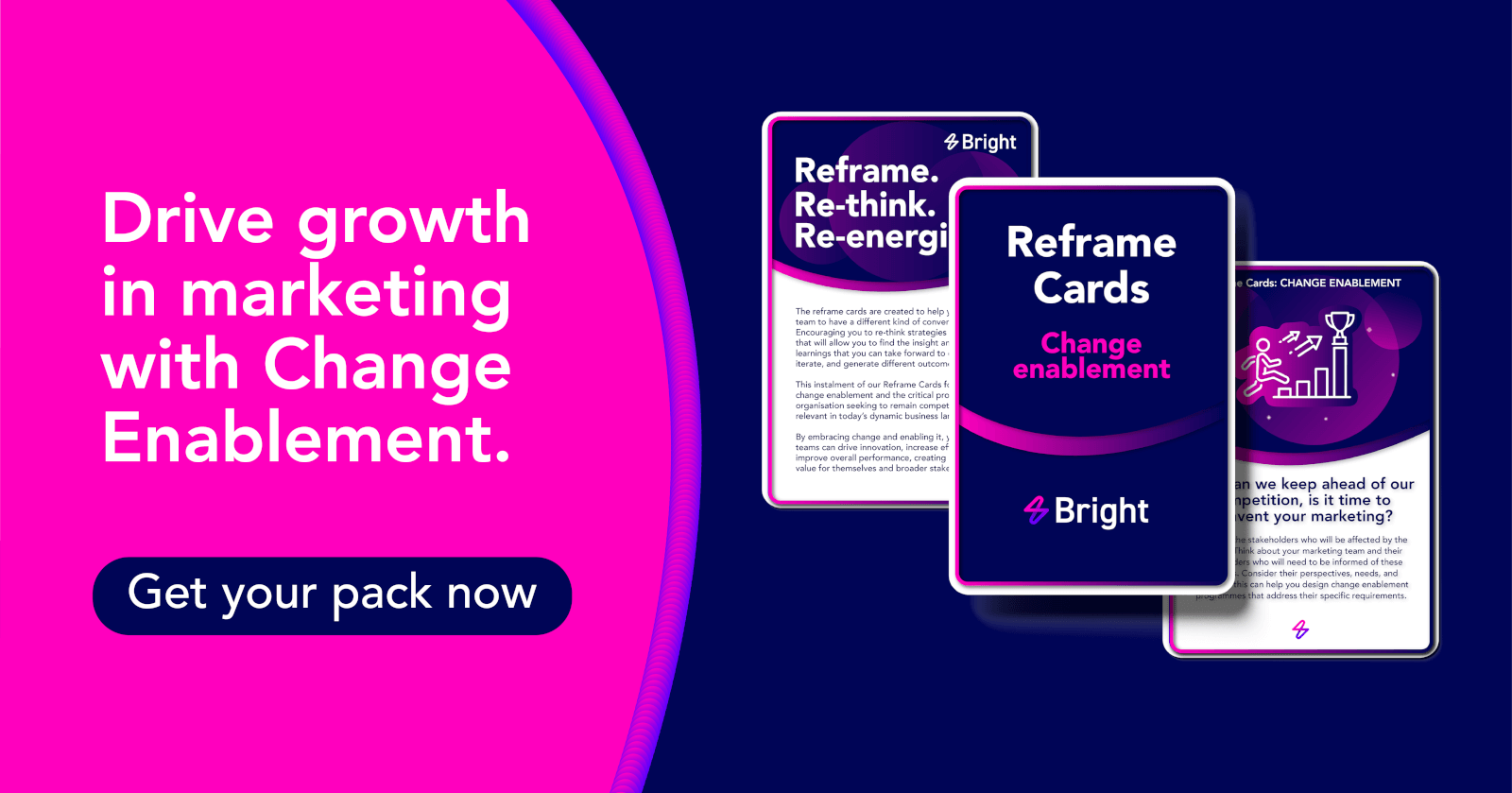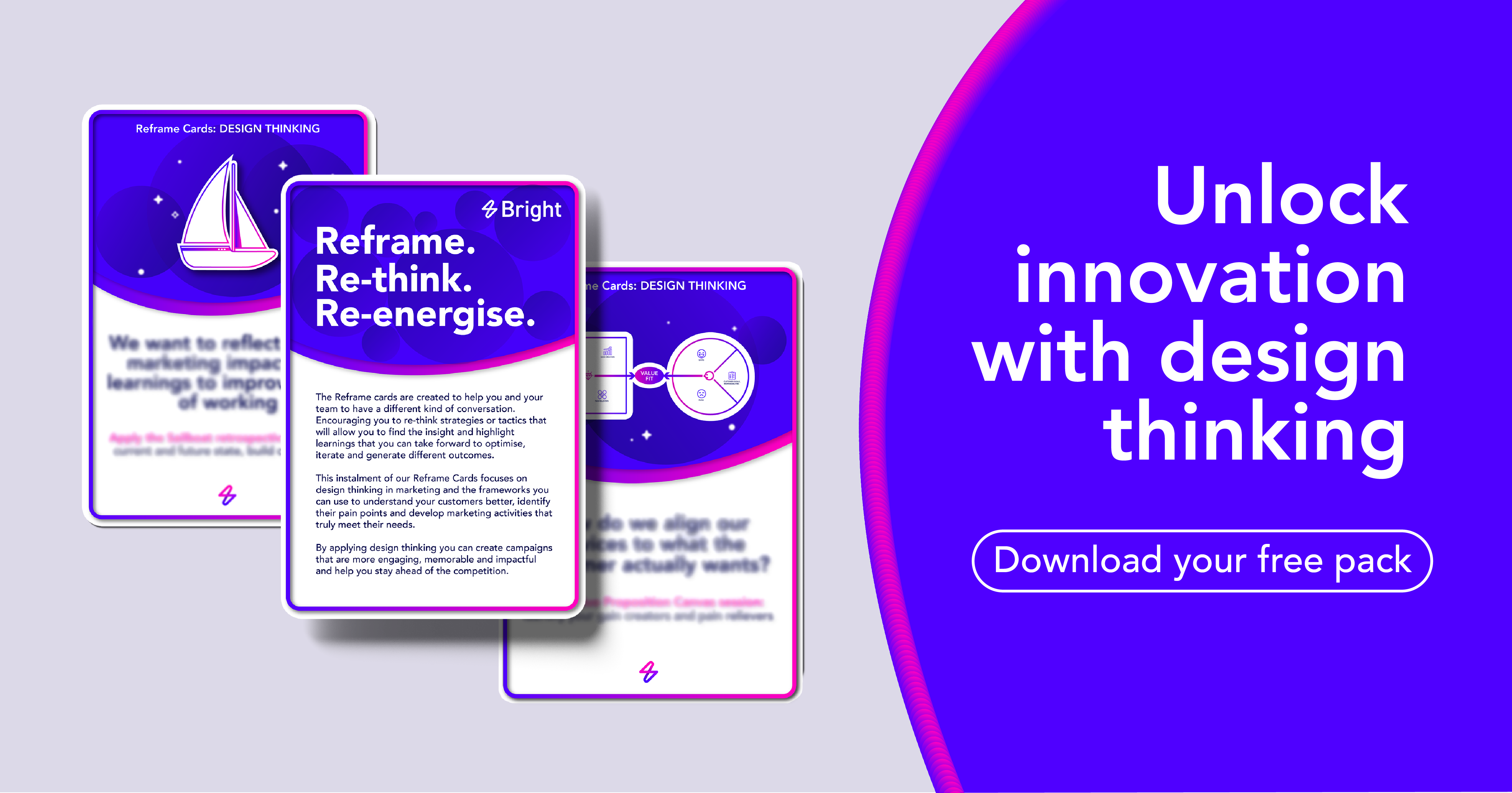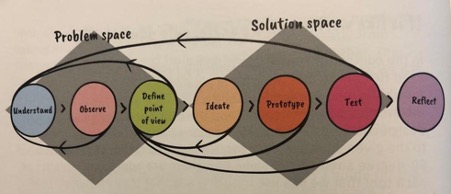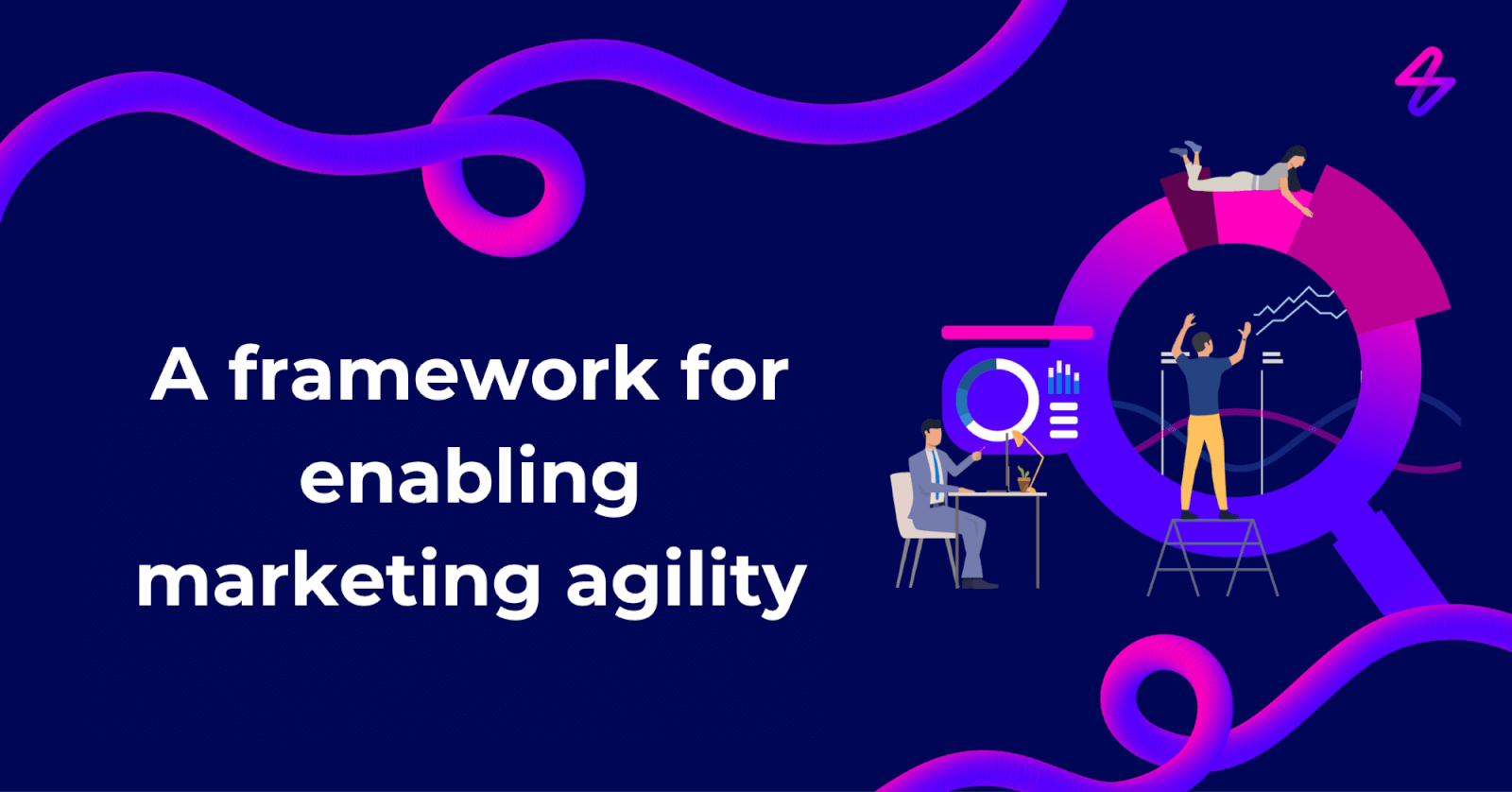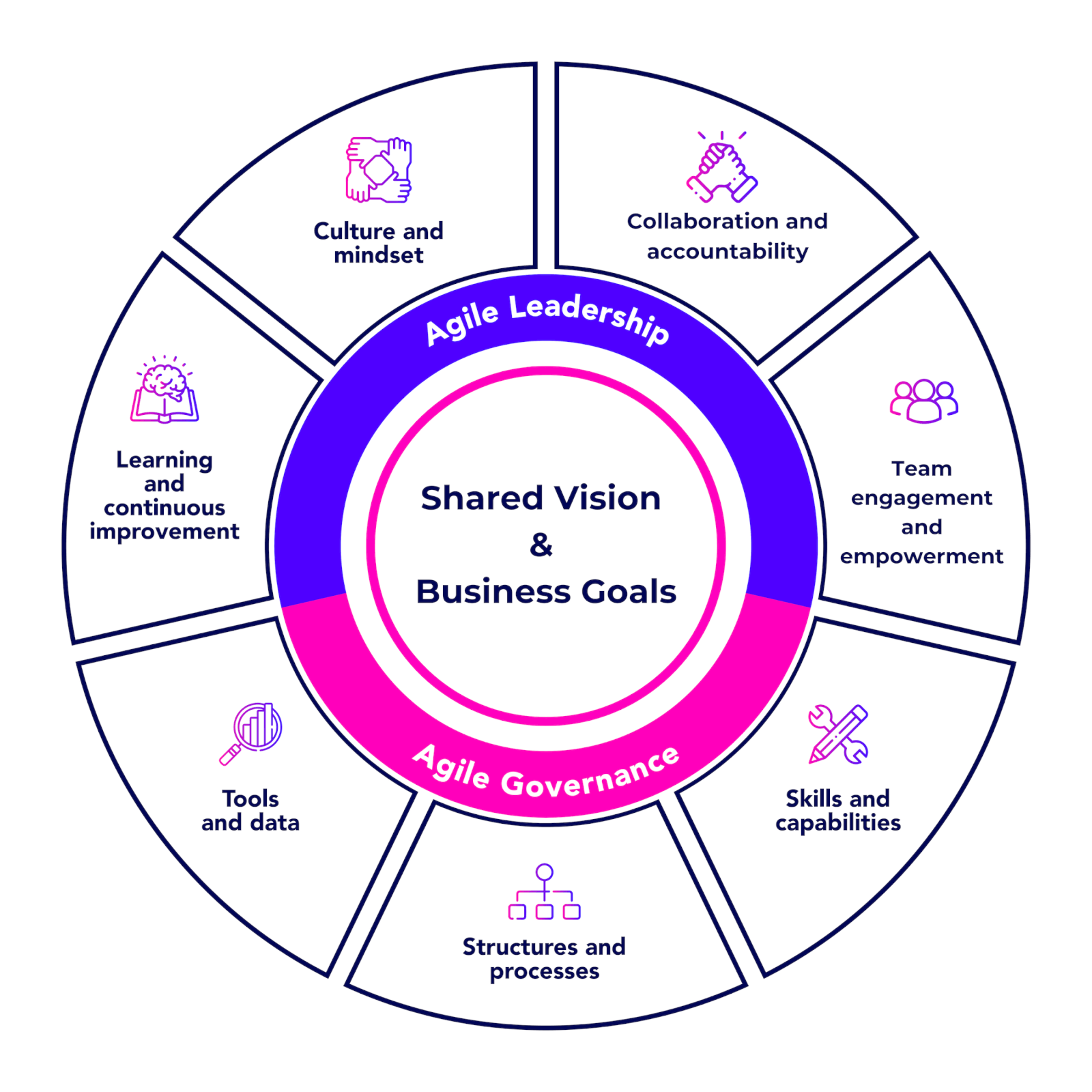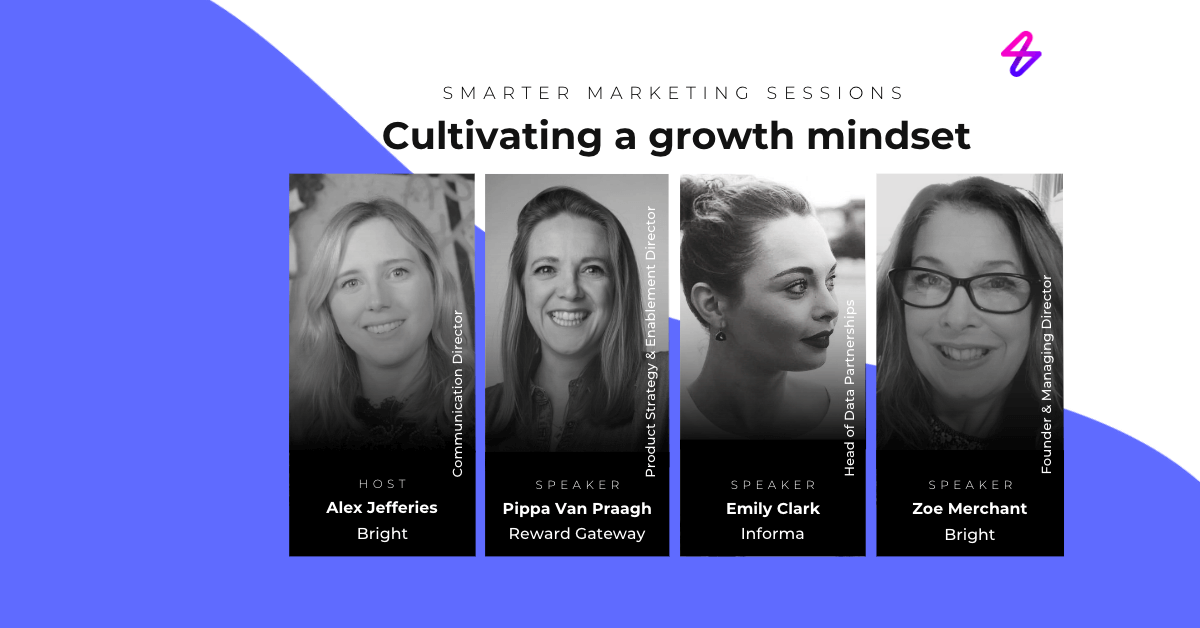Your people and teams are one of your biggest assets. But when they aren’t functioning properly or in a cohesive way they can also become your biggest blocker to success. Are they communicating effectively? Do they have a clear vision of what needs to be accomplished? If you’re having trouble with your team’s performance, it may be time to look at how well they work together.
Assessing the way your team collaborates is an essential first step towards understanding where dysfunctions may exist in your team and how to overcome them. Lencioni’s five dysfunctions of a team provide a useful framework for assessing whether your team members are working well together, focusing on the behavioural patterns that can be counter-productive if left unchecked.
Recognising where your teams are showing dysfunctions
There are a few characteristics you can look out for that can help you identify where your team may be susceptible to any of the five dysfunctions:
| Dysfunction | Traits to look out for |
| Absence of trust | - Team members reluctant to be vulnerable with one another
- Unwilling to admit weaknesses, mistakes or need for help
|
| Fear of conflict | - Team members are unwilling or guarded about sharing ideas and opinions
- Discussions are veiled or lots of backchannel comments
- Individuals unwilling to address key issues in meetings
|
| Lack of commitment | - Lack of transparency across the team on activity and progress
- Ambiguity is common within your team
- Lack of commitment towards decisions made
|
| Avoidance of accountability | - Individuals hesitate to call out their teammates when demonstrating bad behaviours
- Teammates hesitate to challenge plans and approaches
- Team members do not care about letting down their peers
|
| Inattention to results | - Teammates unwilling to deprioritise or step out of their role to support overarching goal
- Teammates are not phased when team goals aren’t met
- Teammates don’t celebrate or recognise work / contribution of others
|
Building trust
Building trust among team members is essential to any workplace environment as it encourages open communication and makes collaboration easier and more efficient. If this isn’t nurtured, it can lead to a silo mentality in which innovation, cohesiveness and productivity deaden. Senior marketers must get their teams to understand the importance of looking out for one another and working together efficiently. Regular activities that promote feelings of camaraderie such as teambuilding events or peer-mentoring programs help foster the trust needed for any effective team environment.
There are also several design thinking tools that can help align teams and build trust:
- Team alignment maps are a great way at a project level to ensure individuals are clear on the objectives, team roles and to openly discuss, document and where possible resolve risks and issues that can cause distrust or conflict down the line.
- Adding team charters to the above is a great way to also agree how they work together, the principles, values, and behaviours that teams will live by to generate better trust. Balancing this with agile marketing values is also a great mechanism for creating better psychological safety.
Engaging in conflict
Conflict is a natural part of team dynamics, and savvy senior marketers often see it as an opportunity for progress. If there are dissatisfactions within the team that have not been adequately addressed or if debates tend to lead to strong disagreements that obscure a potential solution, then engaging in conflict can be a powerful tool. Conflict offers the possibility of looking at existing problems in new ways, as well as introducing ideas that may not have previously been considered. When harnessed correctly, engaging in conflict can assist senior marketers to find solutions that elevate their teams beyond what they could potentially achieve working alone.
What does that mean in practice?
- Part of this is thinking about how you make space for individuals to feedback and for debates and disagreements to take place. Retrospectives can be a great tool here to highlight what didn’t work or what teams need to do differently moving forward in order to deliver business outcomes
- Sometimes conflict happens due to a lack of clarity, generalisations, assumptions, or judgements. Team alignment maps can be useful here, but also working and coaching your teams to respond rather than react is also important. Ask questions, clarify what is being said in order to be more accurate and factual
- Facilitators and coaches can be useful in this instance to help individuals express disagreements constructively and help ensure conversations use non-violent language
Driving commitment
Working together effectively to drive success requires each team member to be invested in the desired outcomes. Without the commitment from everyone, momentum is quickly lost, and progress slows. Senior marketers need to ensure that their teams are both inspired and motivated by the vision they’re striving toward while having a clear understanding of what’s expected of them. By promoting an environment of enthusiasm, understanding and collaboration, seniors can help drive commitment within their group and direct teams towards producing their best work.
Elements of what have been discussed previously can be useful here, particularly the team alignment map. Other things to consider here are your sprint planning, reviews and retrospectives as ways to align teams to vision and outcomes, clarity of ownership and celebrate the successes and learnings along the way.
Holding each other accountable
Senior marketers need to be able to hold the members of their teams accountable for the tasks they are assigned. This is especially important if there are inefficiencies in the workflow that need to be addressed. From ensuring projects get completed on time, to properly executing strategies and plans, every member of the team must take ownership for overall success. The key is creating a culture where problems can be flagged up openly and discussed without fear so that tasks don’t slip through the cracks. By holding each other accountable and having honest conversations, senior marketers can make sure everyone on their team is doing their part and working together successfully.
There are a few things marketing leaders can think about here:
- Sprint planning and stand-ups are useful ways to help individuals plan, own, update and ultimately be accountable for their activity.
- Implement the team charter as a way for teams and individuals to own their behaviour and how they interact and engage with employees and consider including how you will resolve issues as they arise
Attention to results
We’re human, which means it’s very easy for us to put our own needs (career development, recognition etc.) ahead of collective goals and results. Identifying when ego is behind the wheel of discussions or decision-making and finding ways to move past it can help ensure projects stay on track. To achieve collective results while also encouraging team input, try suggesting alternatives or inviting external experts for impartial advice if needed. The goal should always be getting all members aligned to guarantee an effective workflow that produces the desired results.
Agile ways of working inherently create opportunities for teams to check in, review progress against results and identify areas for improvement – in activity as well as how they work together as a team.
Moving your teams in the right direction
Across all these dysfunctions, leading by example, creating an environment where individuals feel safe and recognising and rewarding the right behaviours are critical to moving your teams in the right direction. When your teams can build trust and be vulnerable with each other, engage in productive conflict, drive commitment, and hold each other accountable to achieve collective results you’ll start to see the benefits not only in terms of improved productivity and results, but also happier teams.
Want to understand more about improving team cohesion? Get in touch today.




